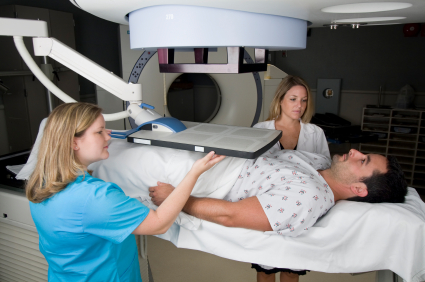
The Most Effective Treatments for Cancer
Cancer is a global health issue. To put its prevalence into perspective, the National Cancer Institute (NCI) estimates that every sixth death on the planet is the result of cancer, making it the second leading cause of death to heart disease.
Cancer is an umbrella term that describes an array of diseases that result when abnormal cells divide and spread (or metastasize) to nearby tissues and organs, by the NCI. Cancer can originate and spread to almost any part of the body via the bloodstream and lymph systems, which means different treatments, or a combination of, are often required depending on several factors:
- Cancer type
- Cancer stage
- Patient’s health and any other health conditions
Here are the treatments that oncologists most often recommend for cancer treatment:
1. Surgery
Surgery to remove cancer cells, or masses of cells (cancer tumors) surgery may be recommended prior or post other cancer treatments (i.e., chemo and radiation). For smaller tumors, a minimally invasive surgical procedure known as laparoscopic surgery, makes a tiny incision and inserts a camera and surgery tools (with guidance from an external monitor) to eradicate cancer cells. tumor using a camera and a thin tube (known as laparoscopic surgery). While more invasive open cancer surgery is used to remove larger cancerous tumors and cancer cells that have metastasized to the lymph system.
2. Immunotherapy
This biological therapy aims to cause an immune system response in the body, which attacks cancer cells. Immunotherapy is derived from living organisms and administered in the following forms:
- Monoclonal antibodies
Also known as therapeutic antibodies, this form of immunotherapy pinpoints cancer cells causing them to self destruct so they can be eliminated by the immune system.
- Bacillus Calmette-Guérin
Also known as BCG, this diluted bacteria fights bladder cancer specifically when it’s placed inside the body.
- Cytokines
Utilize interferons and interleukins, which are proteins developed within the immune system to eradicate cancer cells.
- Adoptive cell transfer
Is a process that extract T-cells form cancer cells to trigger the body to identify and eradicate cancer.
- Checkpoint inhibitors
This immunotherapy triggers an attack on cancer cells by the white blood cells (or T cells).
- Vaccines
Immunotherapy vaccines are administered and trigger the immune system to kill cancerous cells.
3. Radiotherapy
More commonly called radiation, this cancer treatment is administered in one of 2 ways. Patients either receive internal radiation, which administers liquid or solid radiation via needle and syringe or external beam radiation, which aims radiotherapy at the cancer via an external machine. Both forms of radiation damage the DNA of cancer cells, but these can take months to die following each radiation treatment.
4. Chemotherapy
More commonly known as chemo, this targeted drug cancer treatment employs chemical substances (i.e., cytotoxic and other drugs) to cease the growth and division and kill cancer cells. For instance, neoadjuvant chemotherapy will often be recommended to patients with large cancer tumors to shrink them before surgery or radiation, or to prevent regrowth following surgery. Chemo often causes nausea, vomiting, hair loss, mouth sores, fatigue, and several other unpleasant side effects.
5. Targeted cancer treatments
These targeted therapies are precise treatments that identify specific cancer cells for destruction. The most common forms of targeted therapies include monoclonal antibodies, which latch onto cancer cells to destroy them, and small-molecule drug therapy, which are inserted into cancer cells to kill them from the inside.


